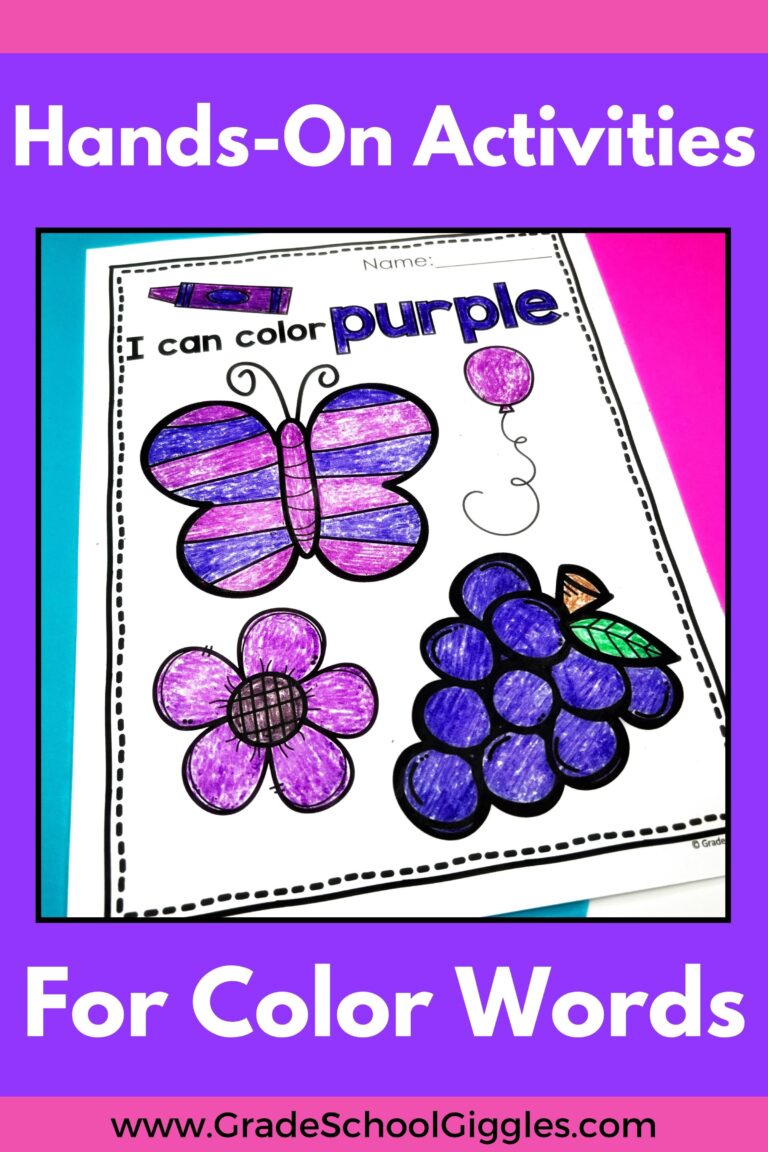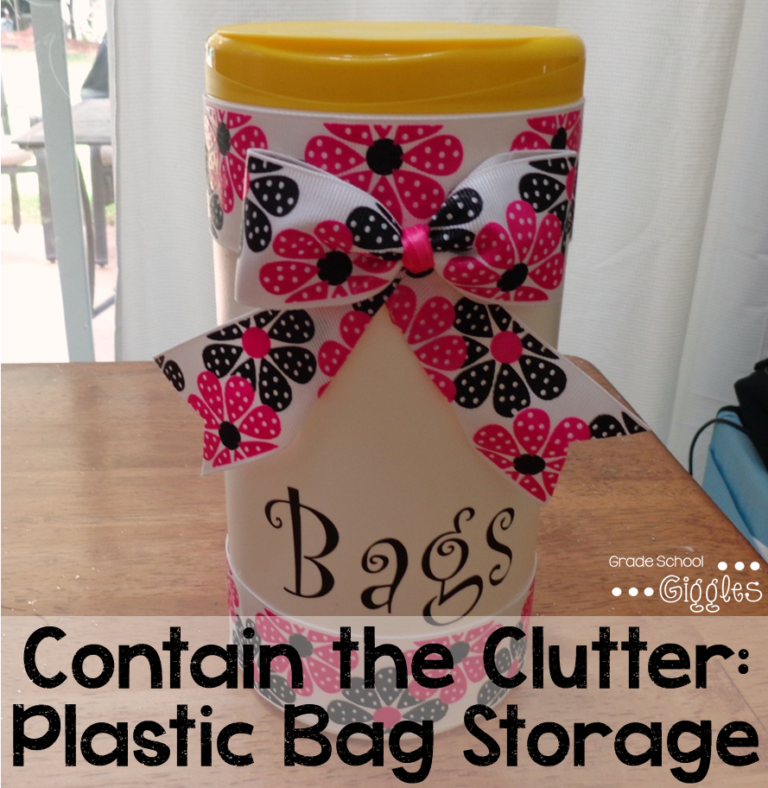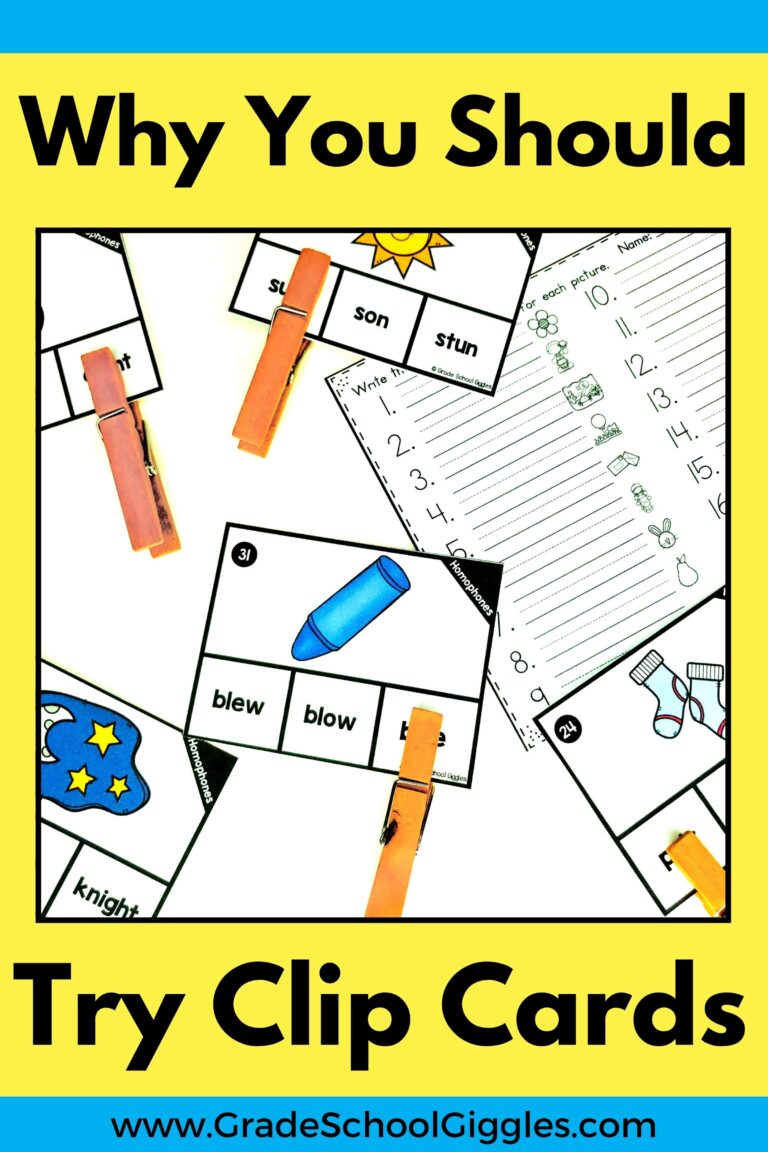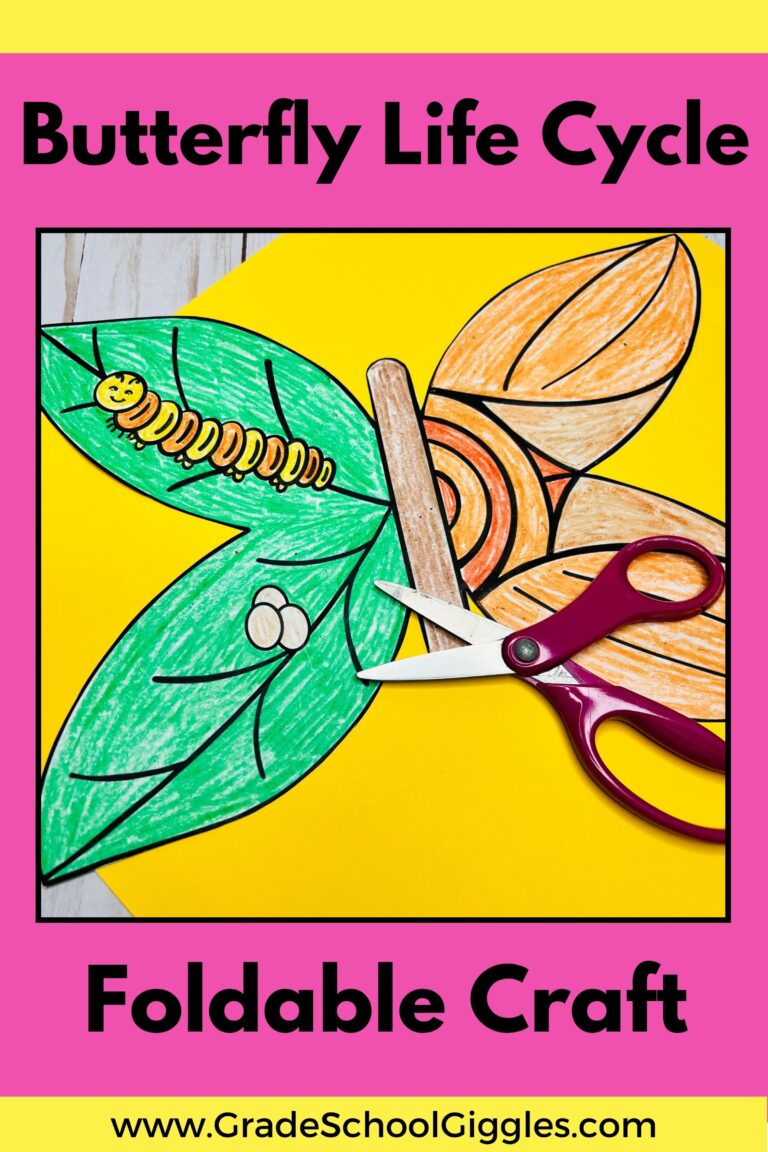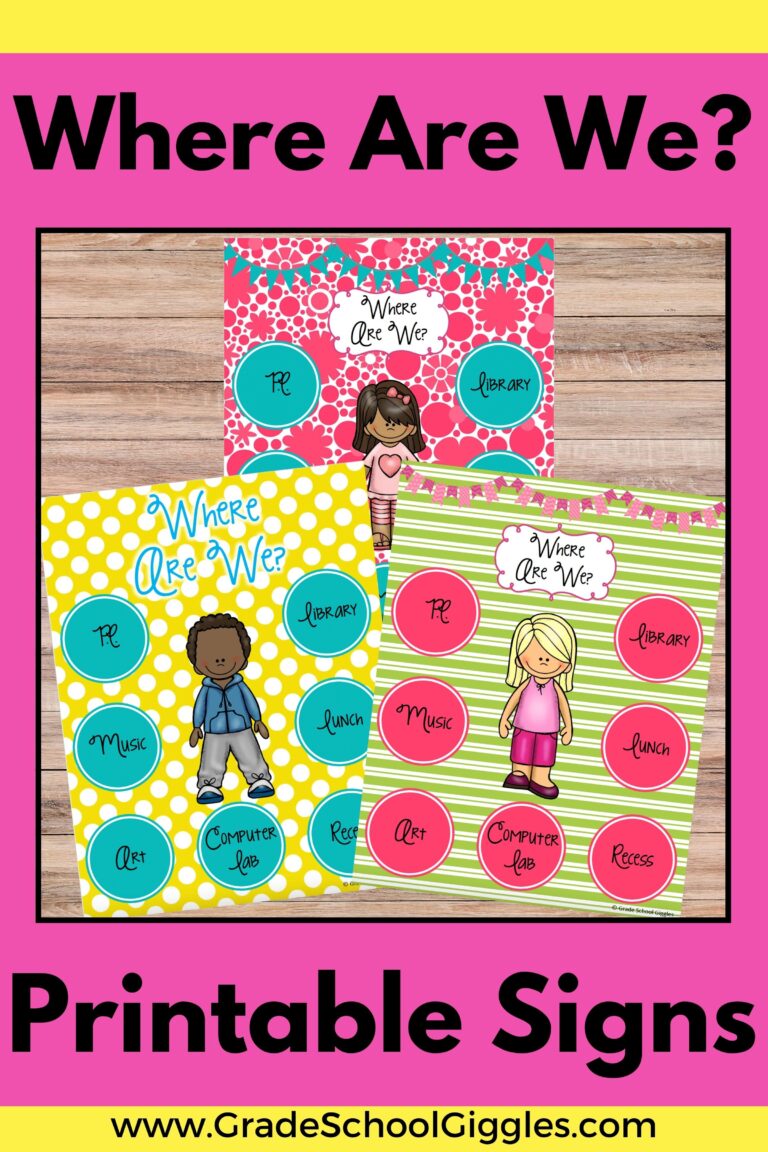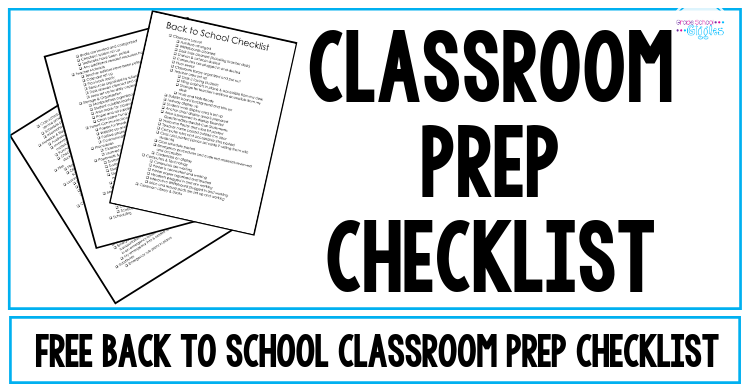No-Prep Worksheets: Simple Ways You Can Use Them Effectively In Your Classroom Today
Do you LOVE how worksheets are no-prep but wonder if they’re effective?
Worksheets are like salt. A little bit makes the dish, but too much ruins it.
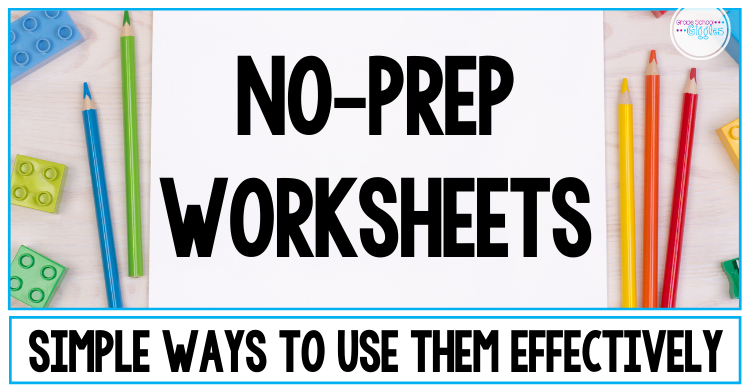
Overuse has given worksheets a bit of a bad reputation, but most teachers still use them. Why? Because they’re easy to use, provide documentation, and when used correctly, they’re effective.
So, let’s talk about when to use worksheets, how to pick them, and how to effectively use them.
When should you use a no-prep worksheet?
Worksheets are learning tools. They’re meant to build on concepts that have been taught, not to teach new concepts on their own. A worksheet should be part of a lesson, not the whole lesson.
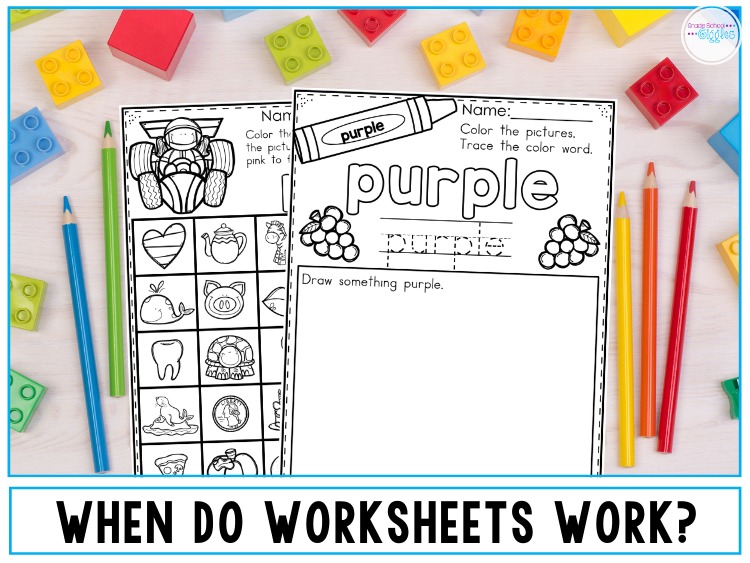
It’s appropriate to use a worksheet when…
- You have already taught the concept.
- You are using a worksheet to walk students through a specific skill or strategy with the gradual release model (I do, we do, and then you do).
- Additional practice is needed to build fluency and solidify the concept.
They can appropriately be used as part of a lesson teaching a new skill using the guided practice model of I do, we do, and then you do. However, they shouldn’t be relied on as the whole lesson to teach a new skill.
Standards-based worksheets and those targeting specific skills can also be used appropriately as formative assessment and documentation tools.
- Put several worksheets, a book, and a sharp pencil into individual folders for each student. Keep the folders in a tub to prepare for the possibility of evacuating the classroom due to medical emergencies, bees, or student behavior.
- Add them to your sub binder to create emergency sub plans.
- It’s also a good idea to keep some on hand in case the internet goes out, or there is an unexpected schedule change.
How can you pick appropriate no-prep worksheets?
The best worksheets meet students where they’re at and help them to solidify and extend their learning.
- Quality worksheets are short and engaging.
- They focus on specific skills, concepts, and standards.
- They’re clear and easy to understand.
All worksheets are not created the same. Some are powerful learning tools. Some make a great assessment and documentation tool. And, some are just busywork.
Here are some ways to identify quality worksheets.
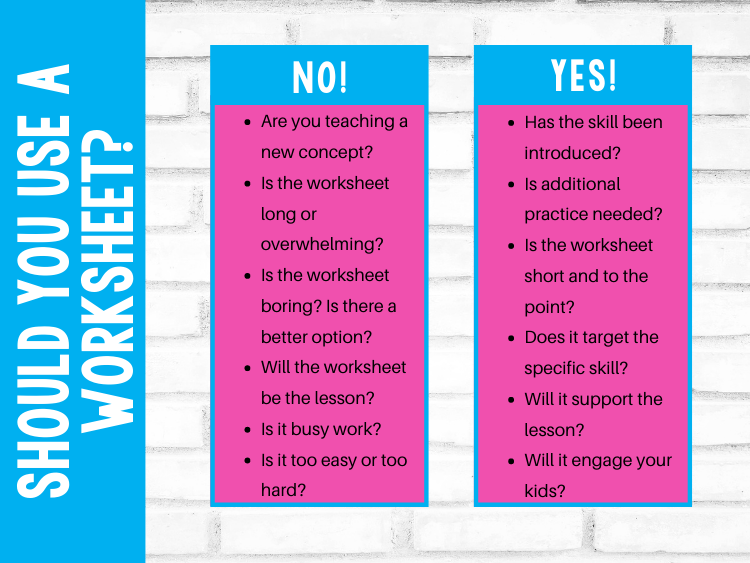
What are some effective ways to use no-prep worksheets?
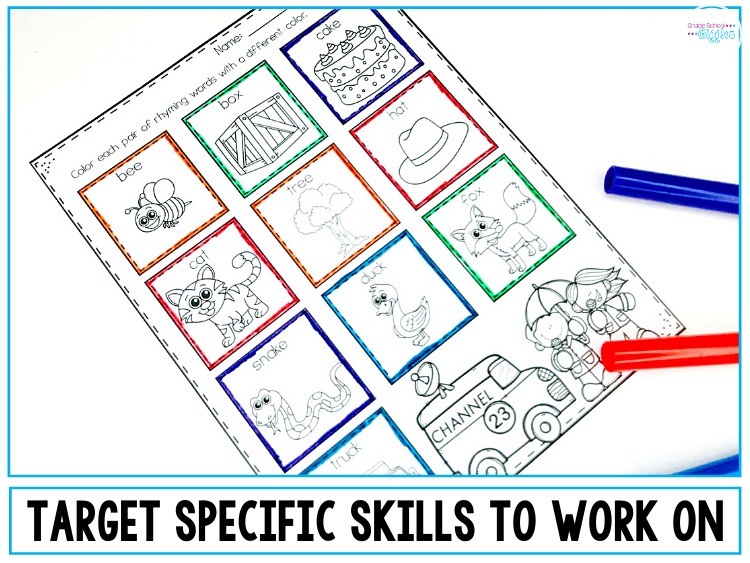
Use them to practice and review specific skills.
- Use graphic organizers to guide students’ thinking and to help them organize their thoughts.
- Practice handwriting and letter formation with no-prep handwriting worksheets.
- Use skills-based worksheets to build fluency on skills that have been taught but not quite mastered yet.
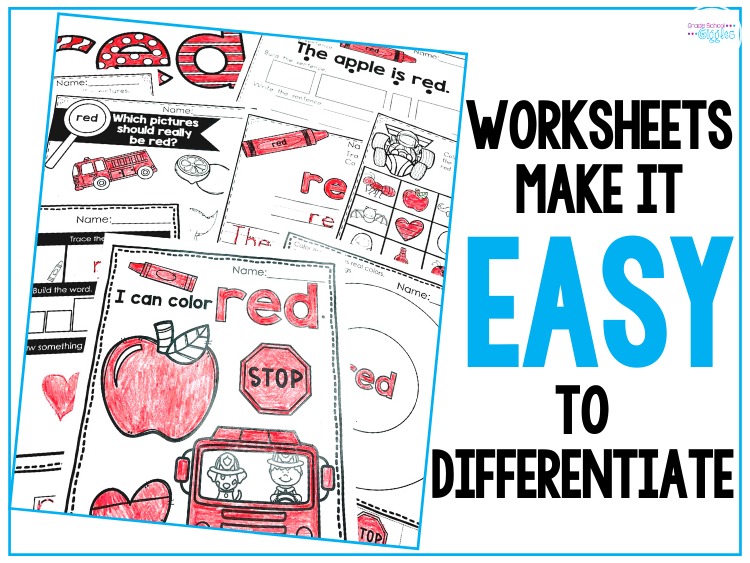
Make differentiation easy with no-prep worksheets.
- Not everyone needs every worksheet.
- It’s okay to assign them based on the specific needs of your class.
- Look for worksheets that target the specific skills your students need to practice.
- Worksheet sets with ways to practice the same skill make for easy differentiation.
- Color-by-word worksheets, word searches, etc., are activities some kids love doing. Set some out as a choice for early finishers, morning work, and indoor recess days.
- Try giving students the choice to work independently, with a partner, or in a small group with you to complete them.
Turn no-prep worksheets into a game.
- Cut up a worksheet. Use the questions in a relay race.
- Have students complete the worksheet in small groups. The groups can complete in a game like tic-tac-toe. As each group completes a problem, check it. If it’s correct, let one person from the group go to the board to take a turn.
- Cut up a worksheet and tape the questions around the room. Give the students clipboards and have them move around the room to solve each problem.
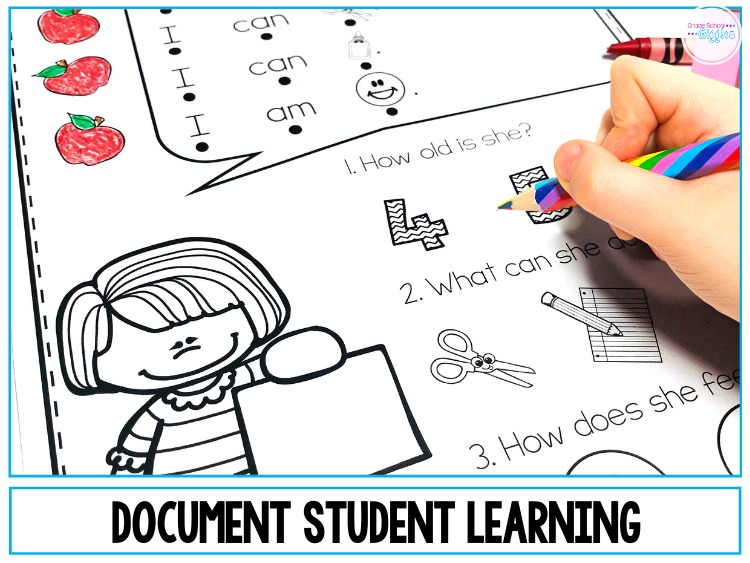
Document student learning with no-prep worksheets.
- Find a grade-level appropriate worksheet focused on the specific standard or skill you need documentation for.
- Use them as an exit ticket or quick formative assessment tool.
- Then, document whether the worksheet was completed independently and any accommodations or prompts that were given.
- Keep a file with copies of the completed worksheets for student portfolios, standards-based grading, and referrals for special education or gifted services.
- Finally, send the completed worksheets home or share them with parents during conferences to communicate about their student’s learning.
Want some free no-prep worksheets to use in your classroom?
Sign up below to get started with 10 free no-prep worksheets. Or, browse through all of the no-prep worksheets in my store right here.
